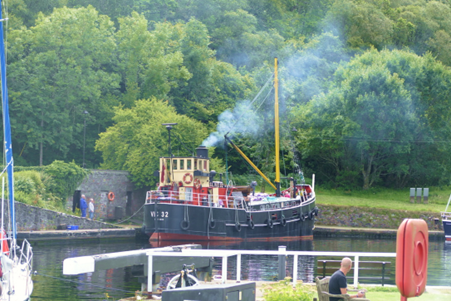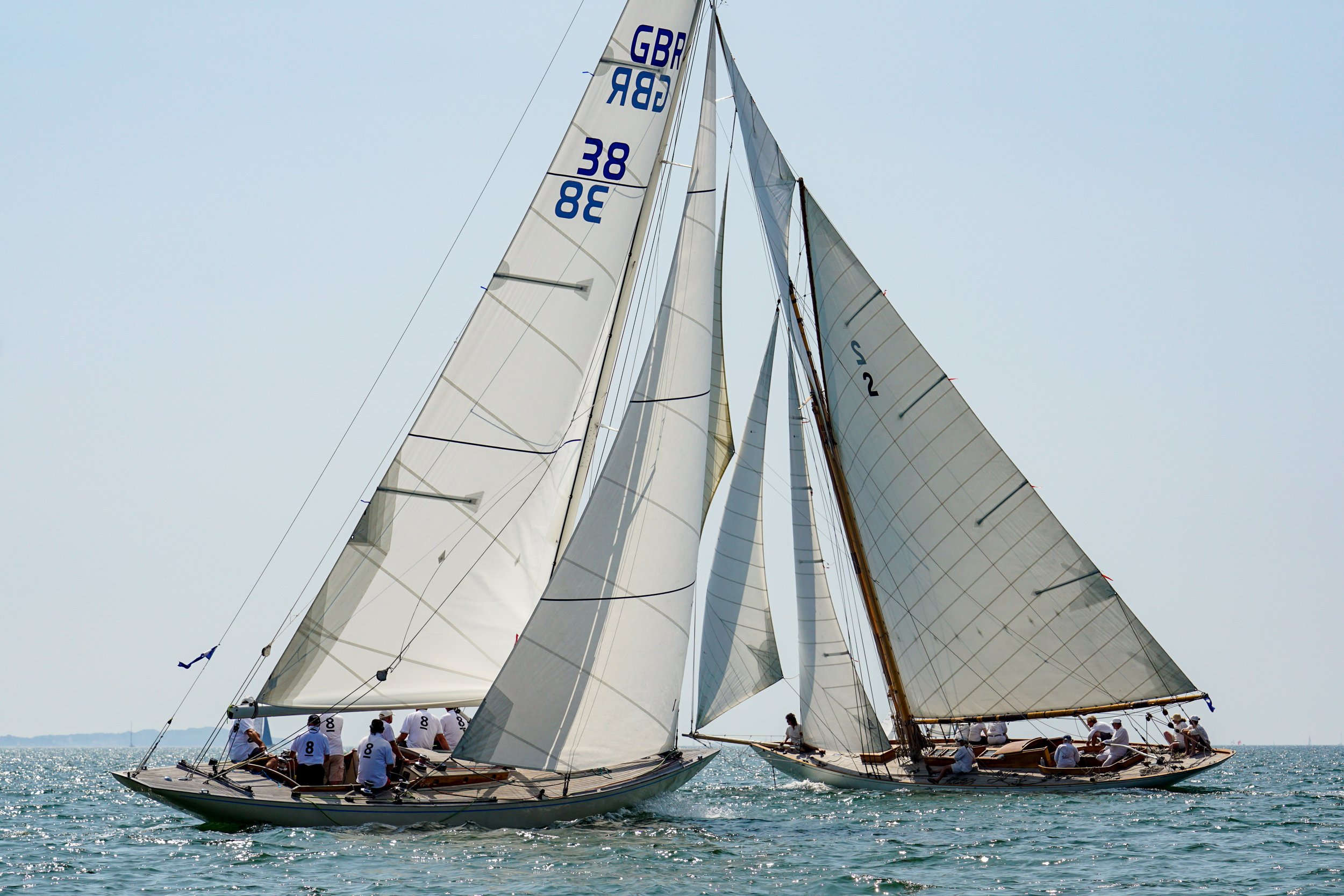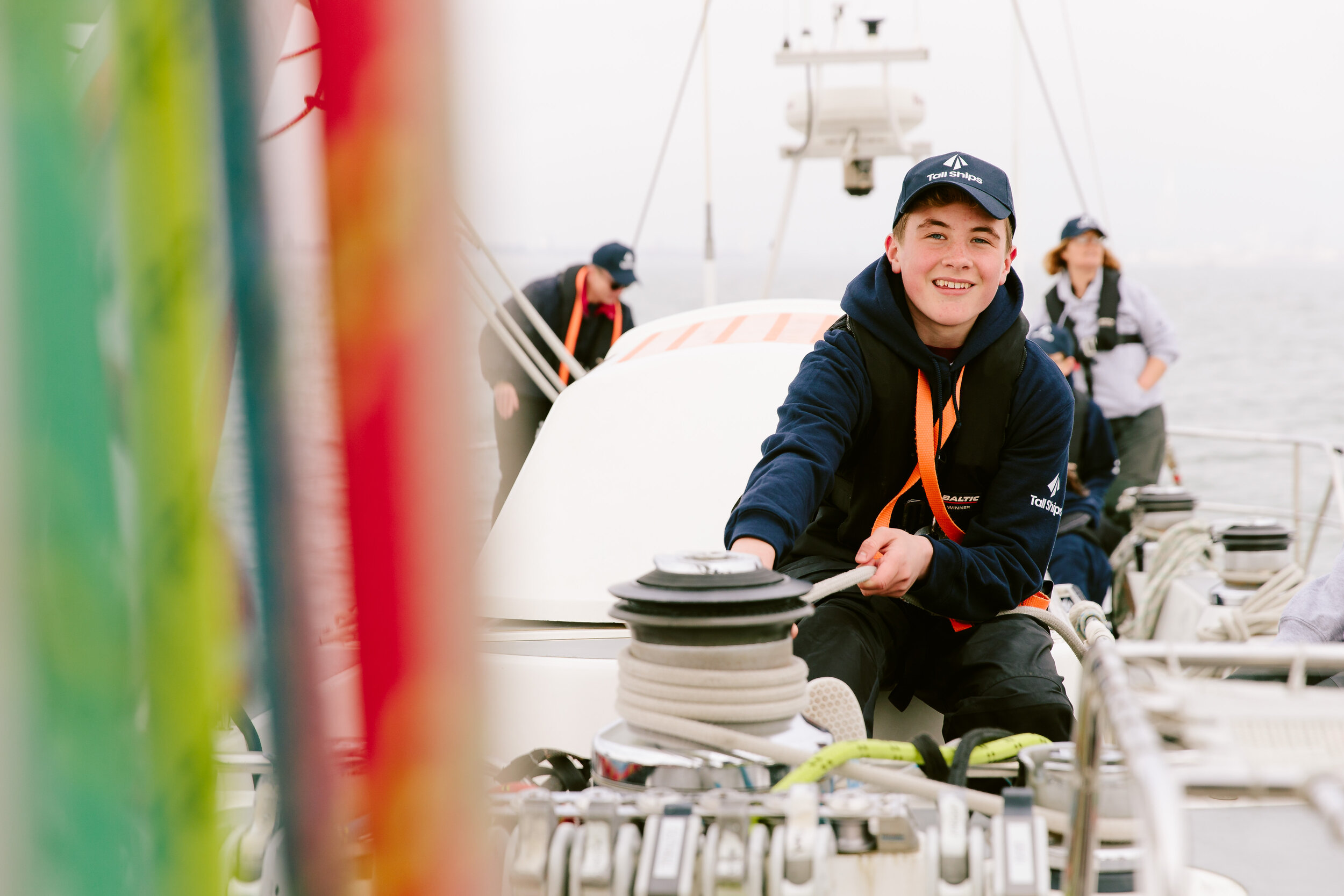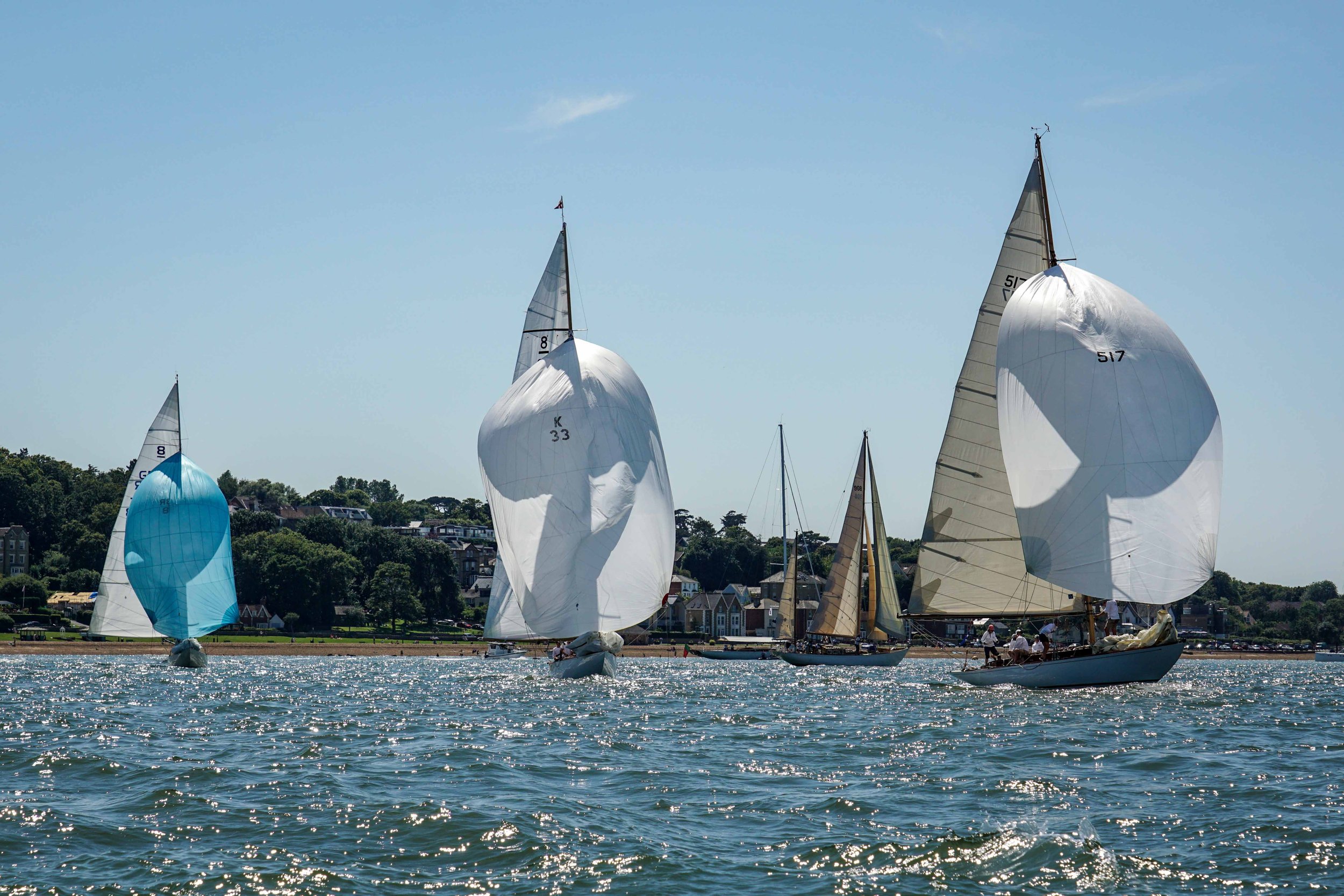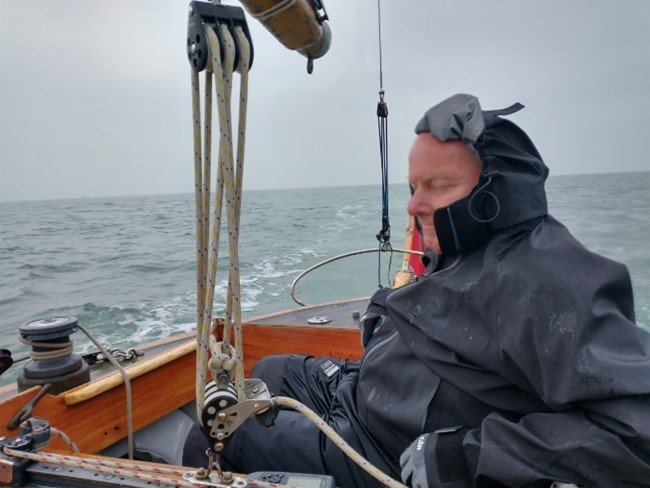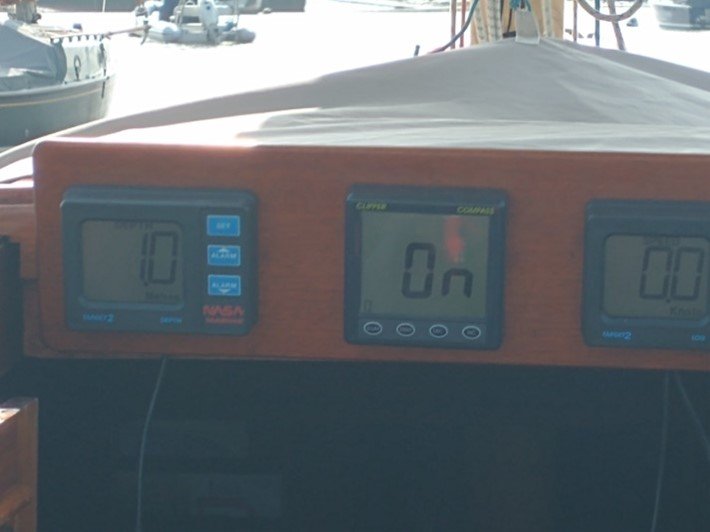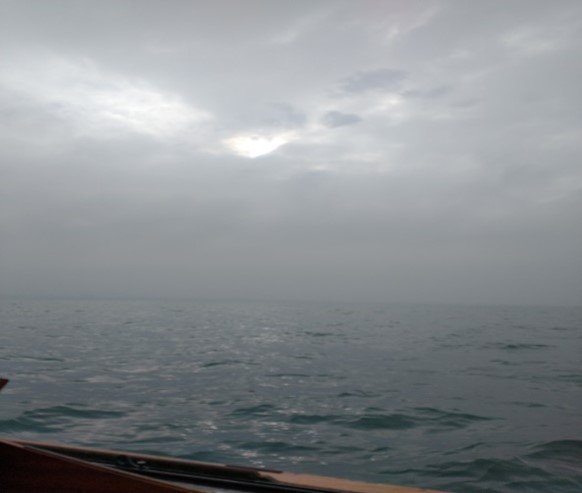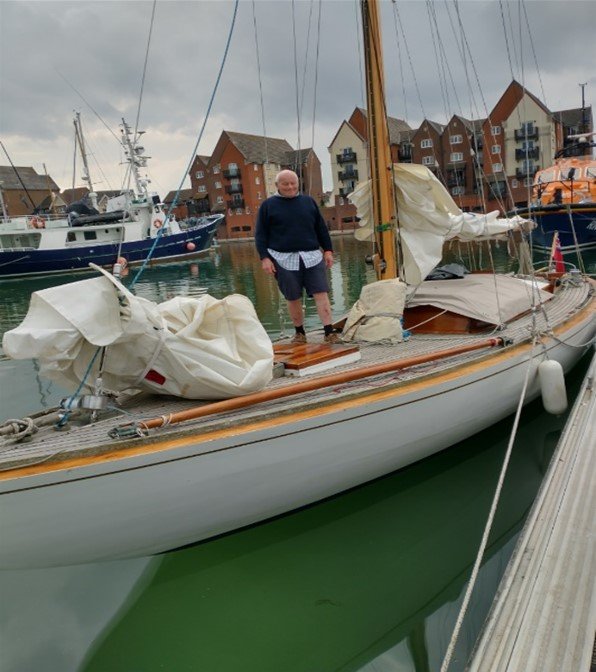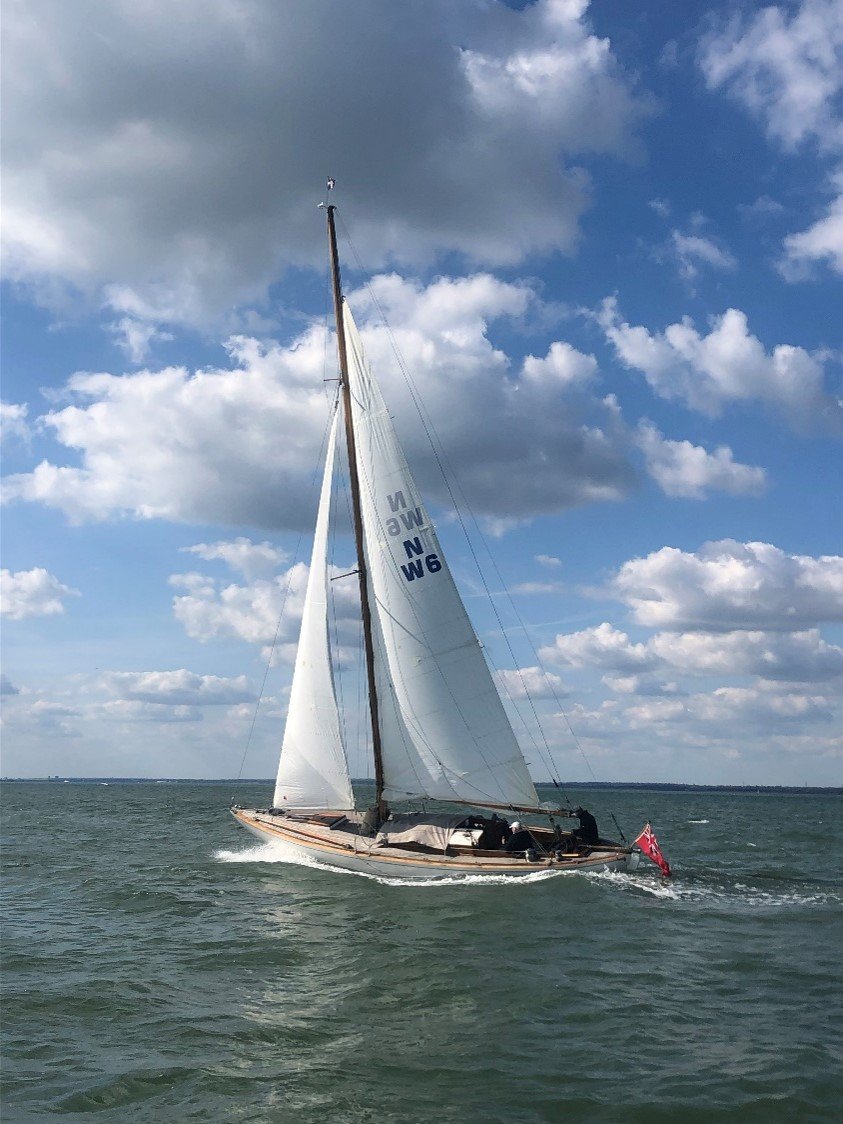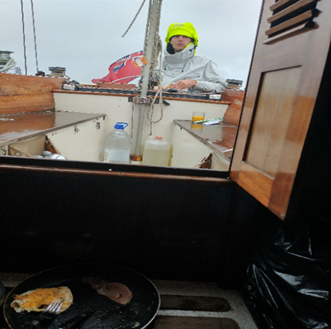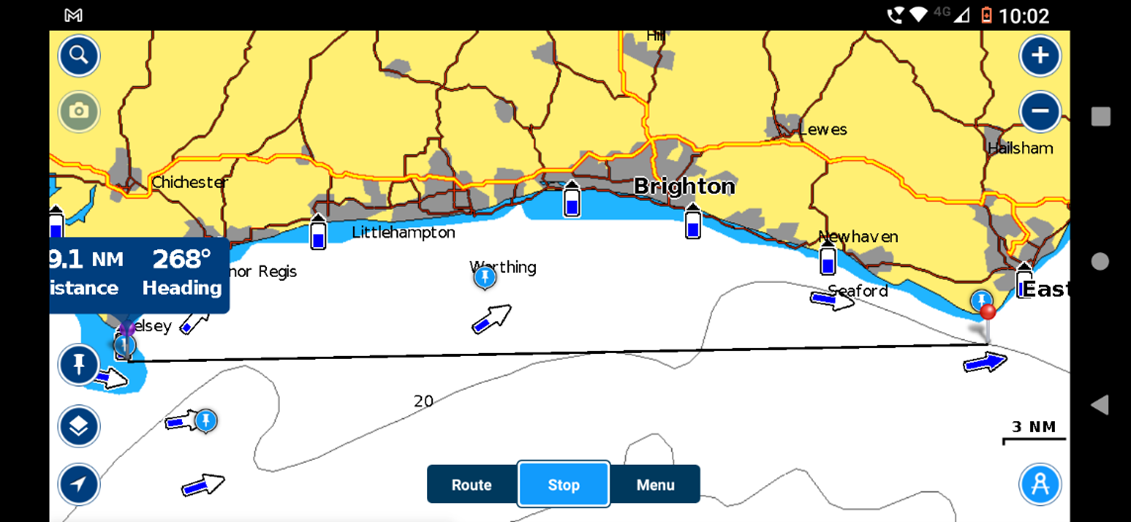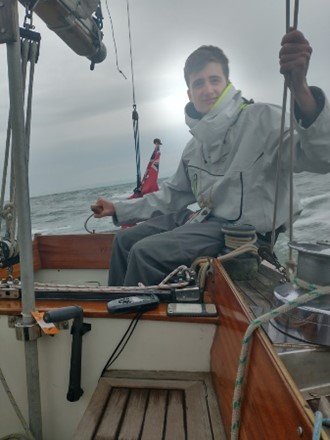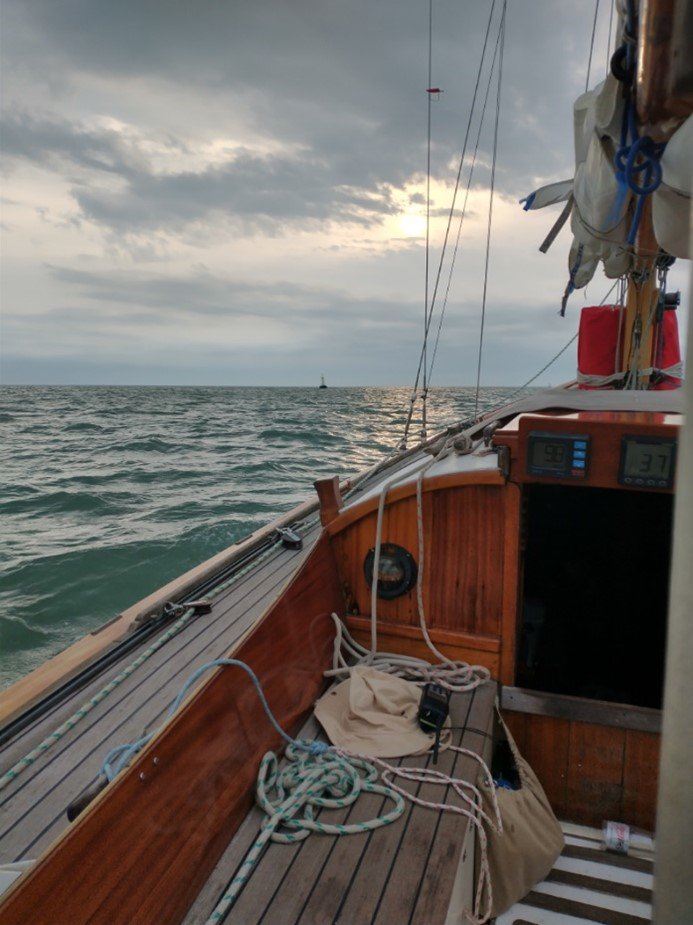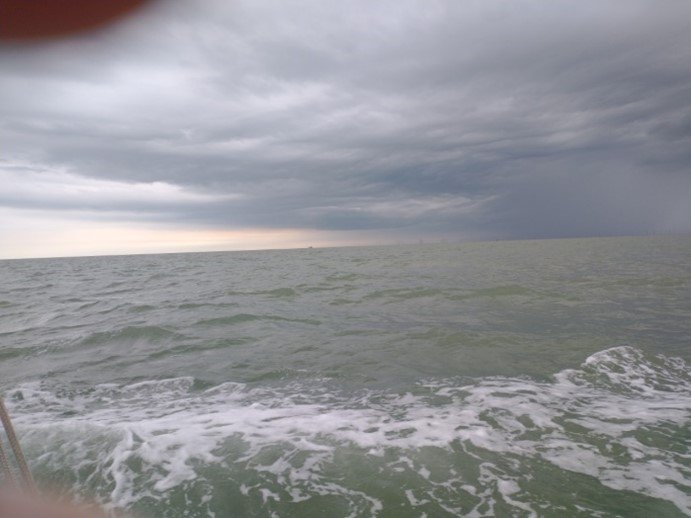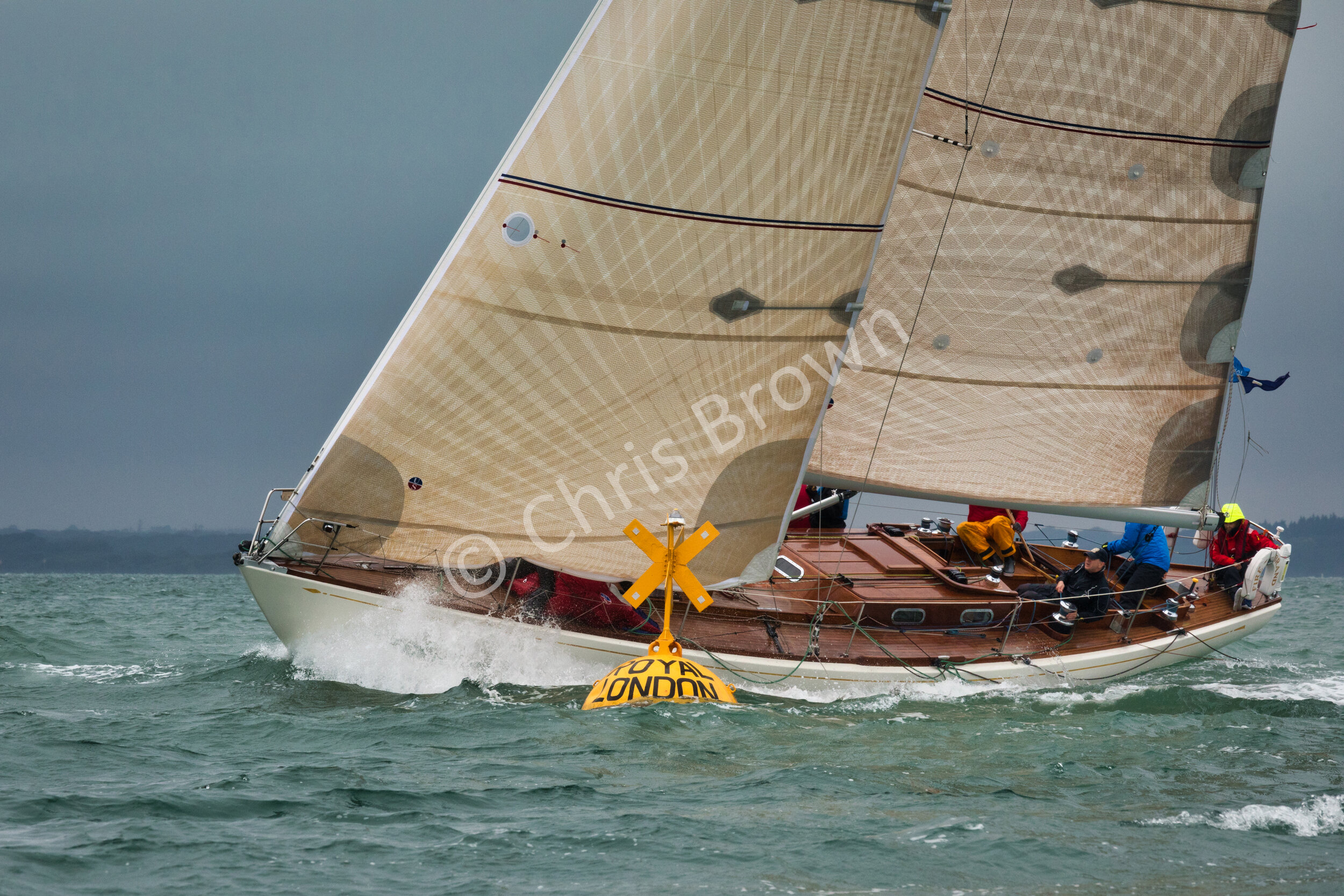British Classic Yacht Club (BCYC) has announced entry is open for its annual British Classic Week regatta in Cowes. Alongside opening the entry, BCYC has revealed new event management and fresh changes to the format of the regatta.
Taking place from 15th to 20th July, the regatta will run from Monday to Friday allowing yachts and crew more time for logistics over the weekends either side. For owners keen for extra racing, British Classic Week has teamed up with the Taittinger Regatta (12th – 14th July in nearby Yarmouth) to offer a feeder/passage race between the two events on Sunday 14th July.
Incoming BCYC Regatta Chairman, Giovanni Belgrano, commented, “We have put a lot of work into analysing the regatta to make it more enjoyable on the water and ashore. Our new, refreshed programme offers varied, ’classic-friendly’ racing, lots of socialising, and a stable, sustainable model for the future of the regatta.”
As well as changes to the format, BCYC has unveiled details of new eligibility criteria for entry. As per previous years, entries are invited from classic yachts built of wood, steel, or aluminium to either a pre-1970 design or modern classic yachts built with the appearance of a classic. This year, applications from classic or Spirit of Tradition GRP yachts will also be considered. The regatta continues to welcome gaff-rigged yachts and aims to host a dedicated class programme.
Cruising yachts and classic motor boats are invited to join the Concours d’Elegance Parade, watch the racing, explore local waters, and enjoy the social events at the regatta’s base at Cowes Yacht Haven.
Giovanni continued, “The original ethos of British Classic Week was to have the best sailing on the water no matter your level of experience and to come ashore for informal, good quality fun with friends. With our new approach we are going back to our roots, and we invite classic yacht owners, crew, guests, and spectators to get involved. We already have a lot of interest from across the UK and Europe, so it’s set to be a fantastic event.”
Racing entrants will take on a five-race series organised by the Royal Yacht Squadron.
The programme includes a coastal race sponsored by Spirit Yachts, which takes yachts east through the Solent Forts. Weather permitting, there will be a race around the Isle of Wight sponsored by Global Forecaster (with a back-up ‘Inside Island’ course, or a shorter around the cans race if it’s light winds).
The Long Inshore race sponsored by OneSails GBR will offer further opportunity for the yachts to stretch their legs alongside a beautifully maintained fleet of classics. To round off the week, an innovative pursuit race is planned for Friday 20th July.
The regatta maintains its commitment to opportunities for women in sailing with its female-helm race, which is followed by the infamous ‘Pontoon Party’ in the evening. The party is sponsored by Classic Boat magazine with drinks from Dartmouth Gin and Hattiers Rum.
Further race and event sponsorship comes from Suffolk Yacht Harbour and traditional chandlery Classic Marine.
In addition to the Pontoon Party, the social programme sees popular events retained such as welcome drinks at the Royal Yacht Squadron and the final prize giving dinner. Dock parties organised by the various classes will undoubtedly bring a lively addition to the shoreside scene.
The regatta also continues its ongoing partnership with the UK’s oldest and largest youth development sail training charity Tall Ships Youth Trust. The collaboration raises awareness and funds for the charity’s work helping disadvantaged young people to fulfil their life potential through adventures at sea.
Entry is now open, go to www.britishclassicweek.co.uk












